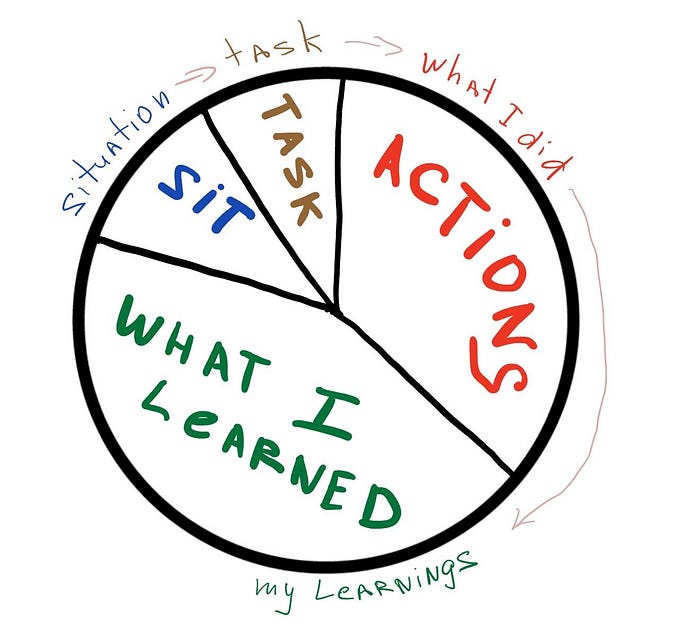
#ponytailgoals for a better user experience
How to set clear user and business goals for your product
This article is day 19 of a 31 day series. A mash-up of the Inktober 2022 prompt list and UX terminology. Read more about the challenge here.
Day 19 | Inktober prompt: Ponytail | UX Term: Goals
“The great danger for most of us lies not in setting our aim too high and falling short; but in setting our aim too low, and achieving our mark.” –Michelangelo
What’s up, ponytail!
Earlier this year I decided to get my hair cut. It was time. The lock-down haircut was growing out all weird and I needed to start fresh. Granted, the hair stylist opted for a little too fresh. It’s fine, I’ve had short hair for a good portion of my life but this time I’m growing it out! So now I’m here, several months later and I’ve discovered that the very tips of some of my hair will stay in a ponytail holder. I call it my faux-ny tail. Just a little nub at the back of my head. I guess you could say I’ve got ponytail goals.
While we don’t actually have ponytail goals in UX we do have business and user goals which are just as exciting.
What are these goals you speak of?
I think the idea of goals are pretty well established because they appear in so many aspects of our lives, from #relationshipgoals to goooooooooooooooal! We like our goals. They are essentially markers or milestones for what we’d like to achieve. When we envision the future and make plans to get to that vision, we do so with goals.
Why is it important to UX?
In UX we focus a lot of our attention on the user. Which is how it should be. But we can not and should not forget that while we build products for people, we’re also building them for the business that, you know… is paying us to build something for people. And beyond the financial aspect, it comes back to balance. You have more people want to use your product if they have a good experience and are able to accomplish their goals.
How do you define goals?
Like everything you do in UX, you want to start with research. You may receive a nice project brief with goals clearly defined when you start a new project, but not always. They may come up during user interviews, where you start to recognize patterns. They may hit you over the head because they’re so obvious. (But still make sure that you back them up with research, we don’t condone the “sky is falling” rationale for building anything.)
Let’s say you meet with the owner of a company that provides parenting advice through an online learning platform. They’ve recognized that some of their users would benefit from some extra assistance when it comes to managing household tasks for themselves and their kids. One of their goals might be to design a task tracker app for families to complement their program.
This is a business goal because by providing access to a tool like this, they will improve the adoption rate for their program.
So what are the user goals to consider? You do some user interviews and you hear over and over about how parents don’t want to nag or remind all the time, but they want a way to clearly track what is and isn’t getting done. Their goal might be to improve communication within the family.
This is a family goal because by having access to a tool like this, they will improve communication and reduce friction within the family unit.
Now before we move on, there is one other set of goals to consider, and those are the “common goals”. There will inevitably be goals that will benefit both sides. In our scenario above, that might come down to creating an engaging experience for kids. Helps the business grow their base of happy users, helps the family by improving success and completion rates for tasks around the house. See that balance coming at you? It’s beautiful.
Takeaway
Whether you’re trying to balance the day-to-day interactions of a family unit, or kicking a homerun (sports!), it’s good to have goals. Always make sure that any goal you define for the business or the user is based on research. Make sure that you revisit these goals as you continue through the project. No “oh yeah” moments at the end of the project, okay? And when you’ve made an amazing product, that satisfies both the user and the business, you can flip that ponytail like a boss. Aww yeah!








